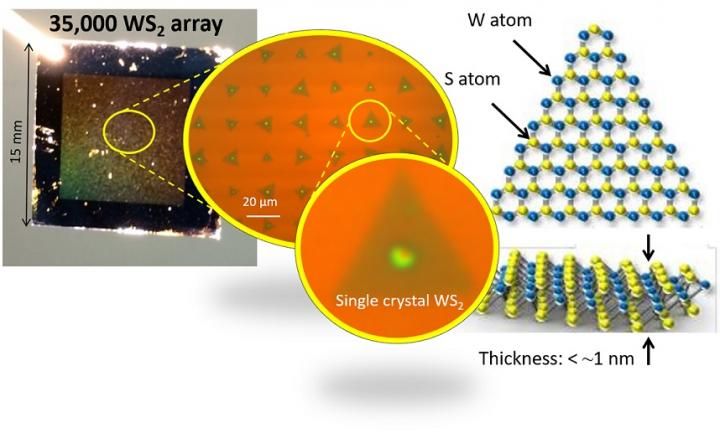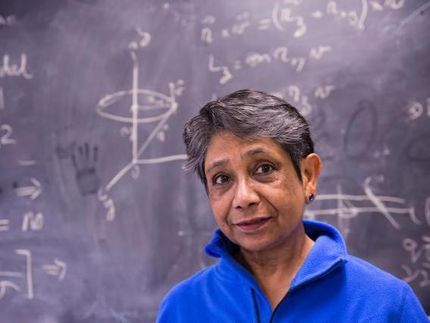New insights into the creation of heavy elements
alpha particles, as the nuclei of the helium atom are also called, play a decisive role in the formation of heavier elements. Carbon, for instance, is formed from the fusion of these alpha particles. If another helium nucleus is added, oxygen is formed - another prerequisite for the development of life on Earth. An international team of researchers is now presenting a new method using supercomputers to create detailed simulations of these birth processes inside stars. The method reduces the computational effort required and for the first time makes it possible, using the Jülich supercomputer JUQUEEN, to do a complete calculation of the scattering process of two alpha particles.

Scattering of alpha particles, in the background is the JUQUEEN supercomputer at the Jülich Supercomputing Center (JSC)
Jülich Research Center
The simulation of the processes that lead to the formation of heavier elements requires great computing power. Even the fastest supercomputers in the world are just able to model the creation of the very light elements. All the protons and neutrons flying around, from which the atomic nuclei are created, interact with one another. In addition, the wide range of theoretically possible quantum states of each particle must be taken into account. The requisite computational power thus rises exponentially as the number of particles involved increases. For this reason, so-called ab-initio simulations have thus far been restricted to reactions in which no more than five particles are involved. Such simulation methods are done without additional experimentally determinable parameters. The findings made are thus based only upon the fundamental laws of physics.
With the help of a new computational method, scientists at the Universities of Bonn and Bochum, the Jülich research center, and two American universities have now succeeded in modeling a much more complex process. They examined the scattering, or deflection, of two helium nuclei: a reaction that encompasses a total of 8 nucleons - which is the overall term for protons and neutrons. For their calculations, they used one of the most powerful supercomputers in the world, the JUQUEEN supercomputer at the Jülich Supercomputing Center (JSC).
To reduce the enormous computational effort, they used a trick: The researchers placed the nucleons involved not in free space, but on a virtual matrix (the so-called lattice), the state of which can be calculated very efficiently with a large number of parallel processors, as are now being used in supercomputers. In this way, the computational time is not (as has previously been the case) increased exponentially with the number of nucleons involved, but is instead only quadratic. The computational time for a system with 16 particles is thus only four times greater than for an 8-particle system. In contrast, if the computational time increased exponentially, a supercomputer such as JUQUEEN would not be occupied for a few weeks, but for several thousand years.
A few years ago, physicists unlocked the secret of the basic conditions for the formation of carbon; the new method now takes researchers tangibly close to another vital creation process: the formation of oxygen, which has been called the "Holy Grail of astrophysics". Furthermore, the method could also open up new perspectives for simulation calculations in elementary particle physics, in which the focus is not on atomic nuclei but on the behavior of quarks and gluons.
Original publication
Original publication
Serdar Elhatisari, Dean Lee, Gautam Rupak, Evgeny Epelbaum, Hermann Krebs, Timo A. Lähde, Thomas Luu, Ulf-G. Meißner; "Ab initio alpha-alpha scattering"; Nature; 2015
Topics
Organizations
Other news from the department science

Get the chemical industry in your inbox
By submitting this form you agree that LUMITOS AG will send you the newsletter(s) selected above by email. Your data will not be passed on to third parties. Your data will be stored and processed in accordance with our data protection regulations. LUMITOS may contact you by email for the purpose of advertising or market and opinion surveys. You can revoke your consent at any time without giving reasons to LUMITOS AG, Ernst-Augustin-Str. 2, 12489 Berlin, Germany or by e-mail at revoke@lumitos.com with effect for the future. In addition, each email contains a link to unsubscribe from the corresponding newsletter.
Most read news
More news from our other portals
Last viewed contents
BASF acquires intellectual property from LANXESS

Sniffing out your identity with breath biometrics - Researchers develop an olfactory sensor using your unique chemical composition to confirm who you are
Tellurium_dioxide
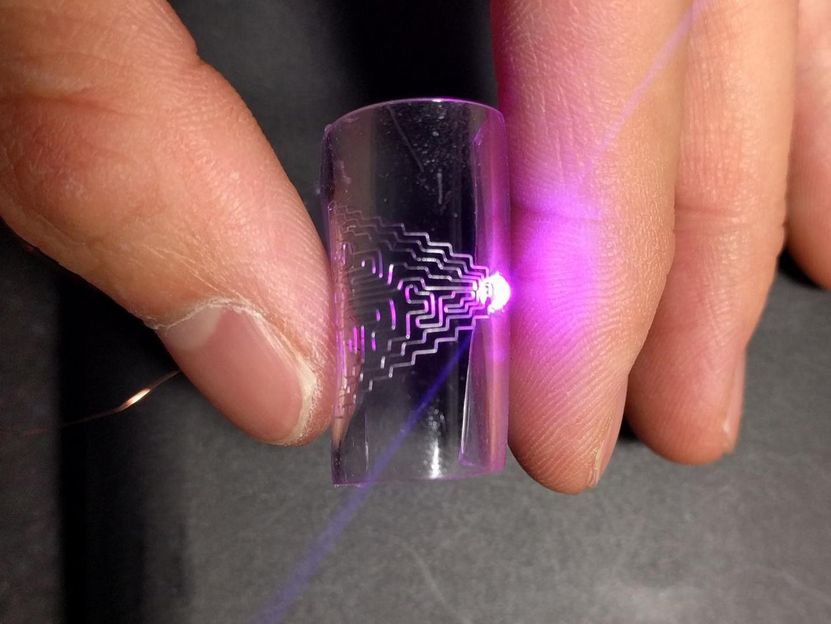
Printing low-cost flexible, stretchable electronics
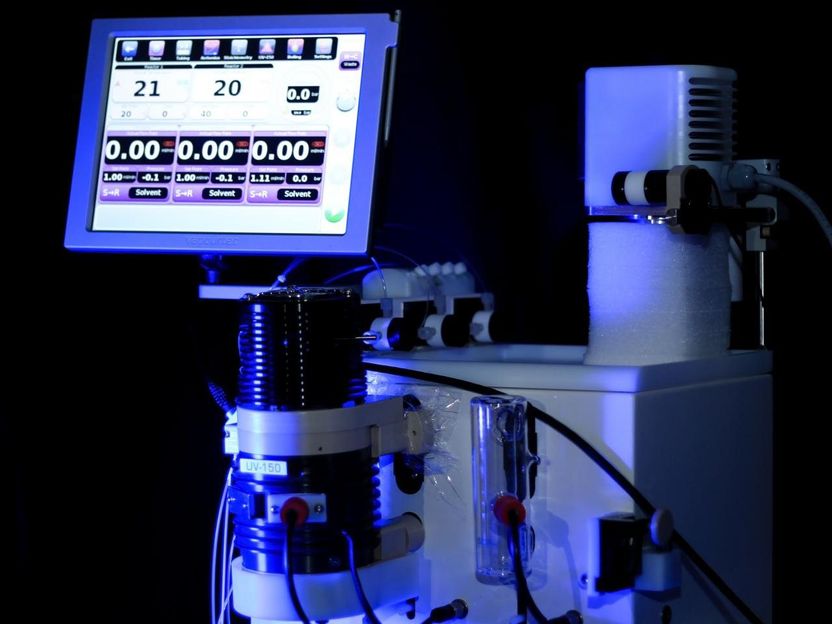
New light-based method for faster and 'green' production of building blocks for medicines - "Significant breakthrough" simplifies processing of gaseous, low-weight hydrocarbons in industry
Category:EC_4.2.1
Radio chip and sensor in one
Marax
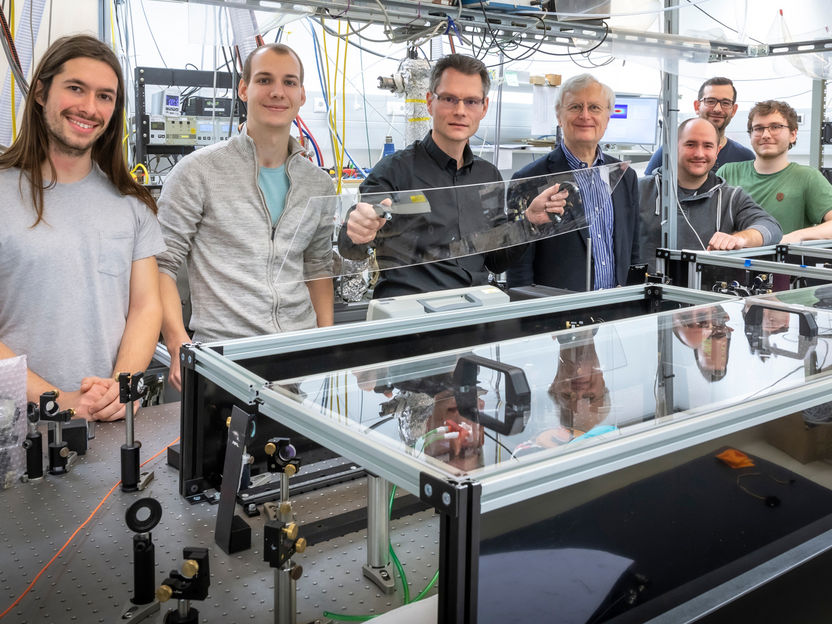
Researchers observe ultrafast processes of single molecules in liquid helium for the first time - How a molecule moves in the protective environment of a quantum fluid
Cochlear_implant
